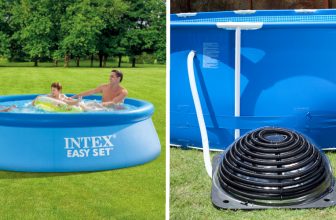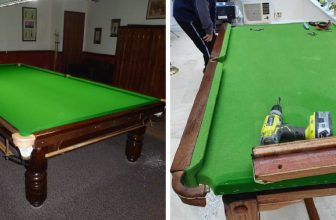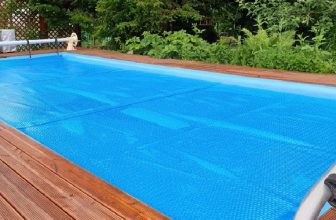How to Install a Pool Heater
Adding a pool heater to your swimming pool can be a great way to enjoy your outdoor swimming experience all year round. A pool heater will also allow you to keep the water at a comfortable temperature for swimming, even in cooler climates.
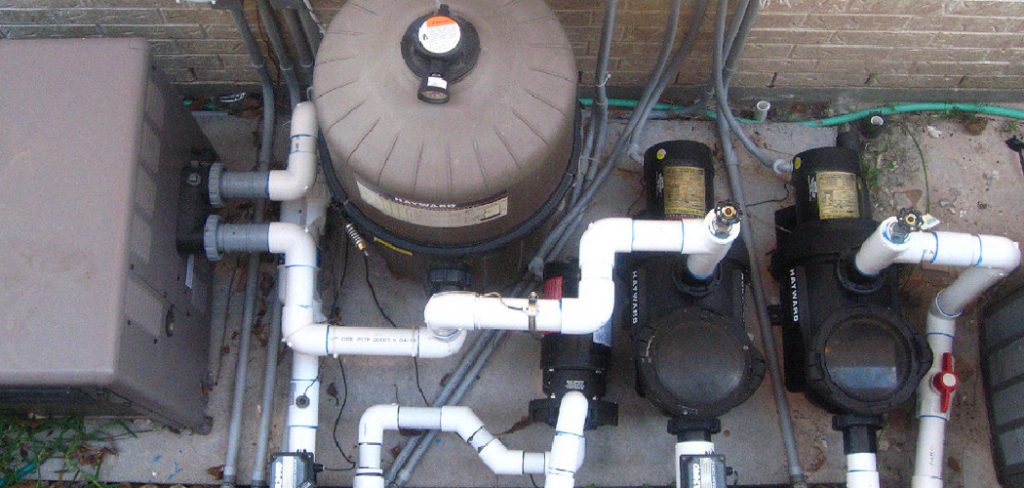
When properly installed, a pool heater can help extend the lifespan of your pool and reduce energy costs. Installing a pool heater can be daunting, but wAh is an important factor in resale value. You can find step-by-step instructions on how to install a pool heater in this blog article.
How Should You Prepare for the Installation of Your Pool Heater?
Before you install your pool heater, make sure to prepare by researching the right size and style of heater for your pool. Measure the diameter of the pipes that will need to be connected to the heater and ensure that they are compatible with the type of heater you chose. Additionally, check local codes and regulations regarding gas or electrical hookups to plan for any required permits or inspections.
When it comes to installation, you should ensure a qualified professional does the job. Not only will they be able to install the heater correctly, but they will also know if there are any safety precautions that must be taken into account before the heater is installed and running. Additionally, it is important to have your pool heater serviced at least once a year.
Finally, you should review the manual for your pool heater so that you are familiar with the safety features and know how to operate it properly. This information should be accessible on the manufacturer’s website or in a manual that comes with the product when purchased.
Step-by-step Instructions for How to Install a Pool Heater
Step 1: Inspect the Pool Heater
Before installing the pool heater, it is important to inspect it for any signs of damage or wear. Check for rust spots, loose connections, and other indicators that could mean a problem with the heater. The heater unit needs to be mounted near the pool pump or filter system so that water can be circulated through it. Depending on the type of pool heater, you will need to secure it in place with either screws or bolts.
Step 2: Connect the Gas Line
For gas-powered pool heaters, a connection must be made between the heater and the home’s natural gas line. This requires careful measurements and the use of specialized tools. Once the heater is secured in place, you need to connect it to the pool’s pump and filter system. This typically involves installing new pipes, valves, and fittings.
Step 3: Connect Electrical Wires
Depending on your type of heater, you may need to connect electrical wires from the pool heater to your home’s power supply. Make sure to use a circuit breaker for safety purposes. If your heater is gas-powered, you must activate the pilot light before it can begin functioning.

Step 4: Adjust the Pool Temperature
Once the pilot light is on, you can then adjust the pool temperature. Most manufacturers will provide instructions on how to do this. Before finalizing your installation, it’s important to check all the pipes and fittings for any signs of leaks. If there are any, make sure to fix them immediately.
Step 5: Troubleshoot Problems
If you have any issues with your pool heater, make sure to troubleshoot it before you turn on the power. Check for clogs and other potential problems that could be causing a malfunction. When everything is functioning properly, you can now turn on the power and start using your pool heater! Keep an eye on the temperature gauges to ensure no issues.
By following these steps, you can easily install a pool heater in your backyard and enjoy warm swimming temperatures all year round. With proper maintenance and care, your pool heater should last many years.
Safety Precautions for How to Install a Pool Heater
- When installing a pool heater, always be sure to read through the manufacturer’s instructions and safety guidelines carefully before beginning any work.
- Before you start installing the heater, turn off all electricity going into the area where you will be working. This includes turning off power going to your house or the main breaker box if you are installing a gas heater.
- Wear thick, protective clothing and rubber-soled shoes to reduce the chance of electric shock when handling live wires near water.
- If you are installing a gas heater, ensure all-natural gas or propane lines have been properly shut off before beginning any work on the unit.
- Make sure to use only approved parts that are specifically designed for the pool heater you are installing, such as hoses and clamps.
- Always double-check your work when finished to ensure all connections have been properly tightened and that everything is securely in place.
- After the installation is complete, turn the power back on and test the heater to ensure it is in good working order.
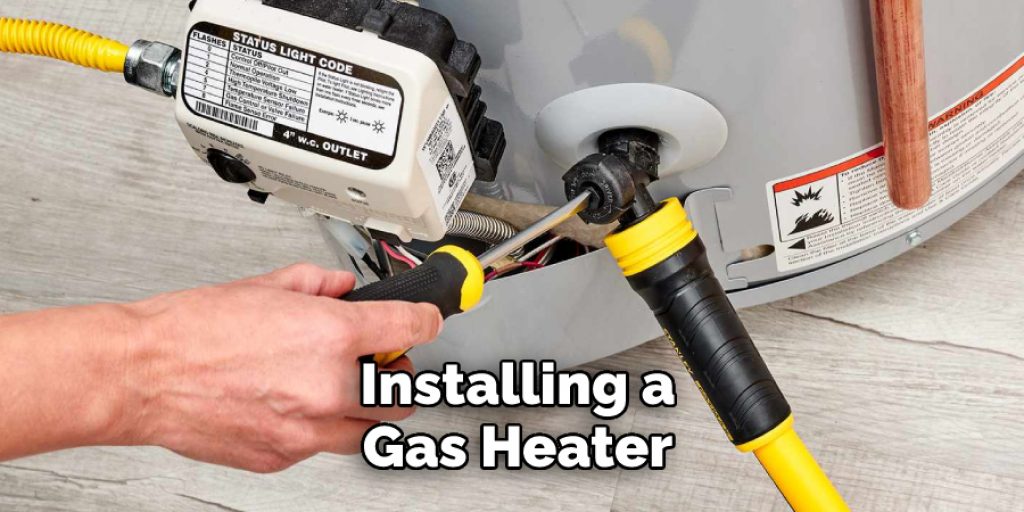
Following these safety precautions will ensure that your pool heater installation is done correctly and safely.
What Type of Maintenance Will Be Required After Installing a Pool Heater?
Once a pool heater is installed, it will need to be checked periodically for proper operation. The pool owner should ensure that all connections are secure and that there are no signs of any damage, such as rusting or leaking. Additionally, the filter basket should be cleaned regularly to ensure efficient circulation.
Pool water chemistry also needs to be tested and maintained to ensure that the pool heater will work efficiently, as improper water chemistry can lead to corrosion of the heating element.
In addition to these tasks, pool owners should consider performing periodic maintenance on their pool heaters, such as flushing out the system at least once a year. This should help protect the heating elements from scale and mineral buildup, thus ensuring that the pool heater continues to operate properly.
To reduce the amount of maintenance required, it is advisable to install a quality product that is suitable for the size and type of pool. This will help ensure optimum performance with minimal maintenance required over time. With proper installation and maintenance, a pool heater can provide years of efficient heating for the pool.
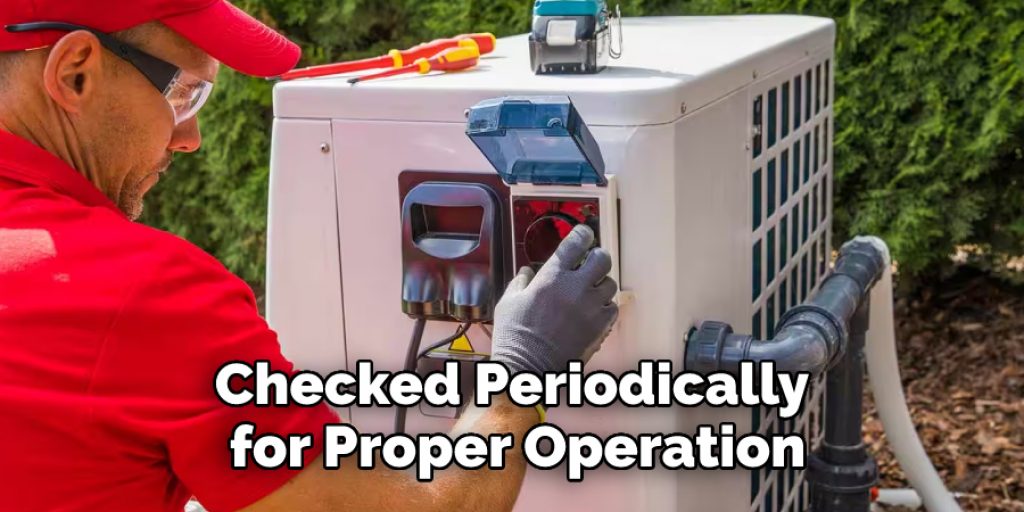
What Are Some Common Problems Associated With Installing a Pool Heater?
- Poorly Installed Gas Lines: Installing a pool heater requires running gas lines to the unit, which must be done properly, or it can be dangerous and cause poor performance. Make sure your installer is experienced in working with gas lines and follows local codes when installing them.
- Incorrect Wiring: Most heaters use electricity to power their controls and fans. If the wiring is done incorrectly, it can create a dangerous situation or cause your heater to malfunction.
- Improper Sizing: Pool heaters come in various sizes and must be sized correctly for your pool’s size and usage requirements, or you may not get the performance you expect from the heater.
- Poor Water Circulation: Your pool pump and filter must be sized correctly and in good condition to ensure that your heater will work efficiently. If the circulation is poor, it can cause excessive wear on your heater and reduce its lifespan.
- Poor Maintenance: As with any pool equipment, regular maintenance is key to keeping the unit running smoothly and efficiently. Ensure your pool heater is inspected and serviced annually by a qualified technician to ensure it is operating correctly.
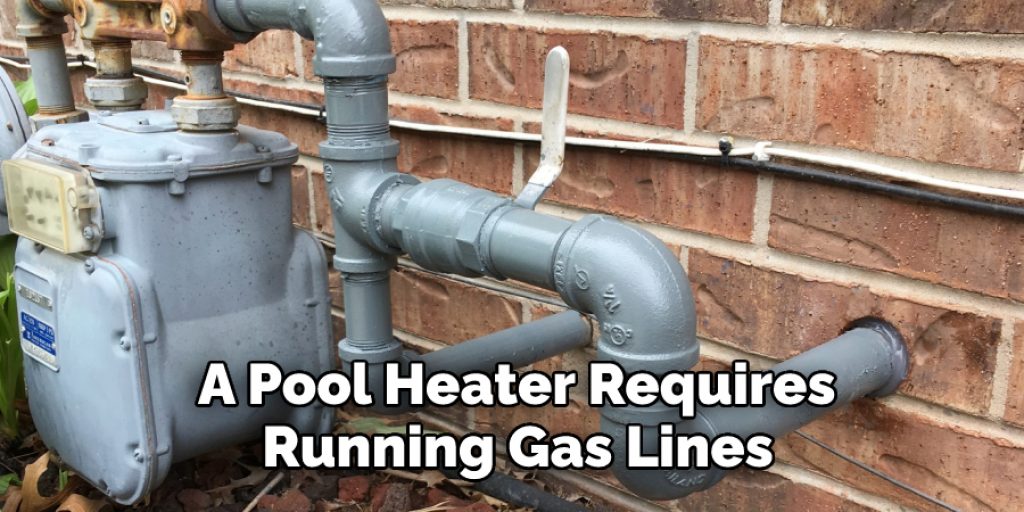
By avoiding these common problems, you can help ensure that your pool’s heating system runs reliably and safely for many years to come.
Conclusion
One of the main disadvantages of installing a pool heater is the cost. While it can be expensive to purchase, install and maintain a pool heater, this upfront investment can lead to long-term energy savings.
Additionally, having to monitor and adjust the water temperature on a regular basis may be an inconvenience for some homeowners. The installation process can also be challenging, so it’s important to ensure that the proper equipment and steps are taken for a successful installation.
In conclusion, installing a pool heater is not difficult and can be done with the right tools, materials, and knowledge. Make sure to research your local codes and regulations before beginning the installation process, as well as have a professional come in to check your work afterward.
With the proper preparation, you can safely install your own pool heater and enjoy warmer water all year round. I hope reading this post has helped you learn how to install a pool heater. Make sure the safety precautions are carried out in the order listed.


